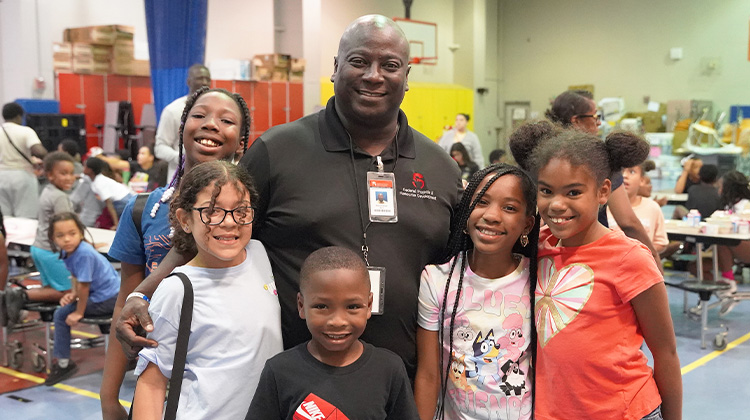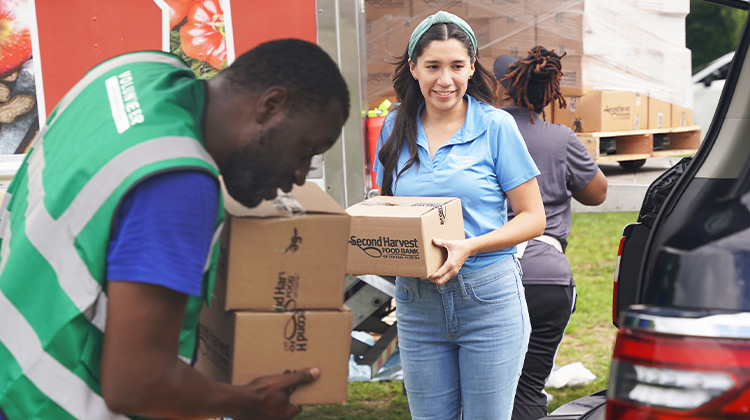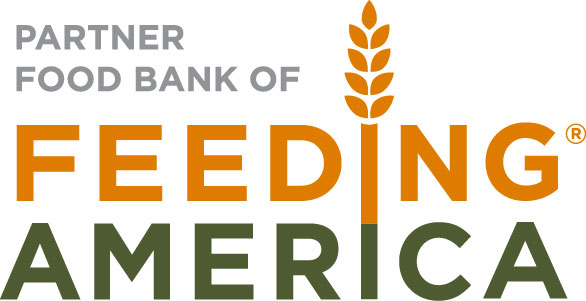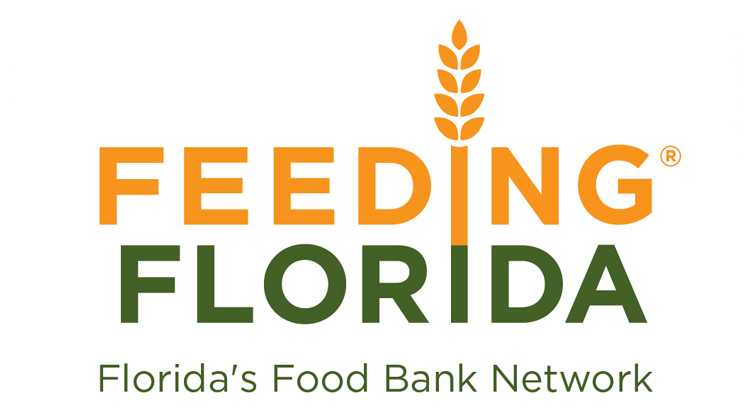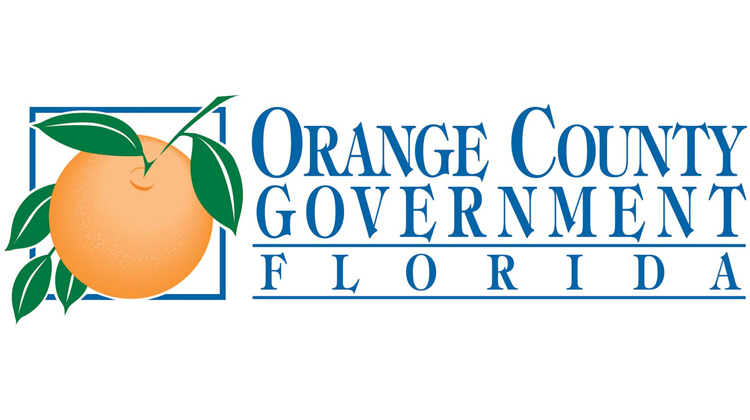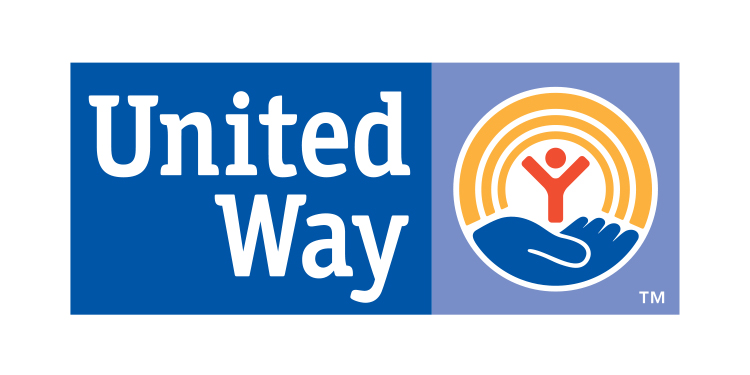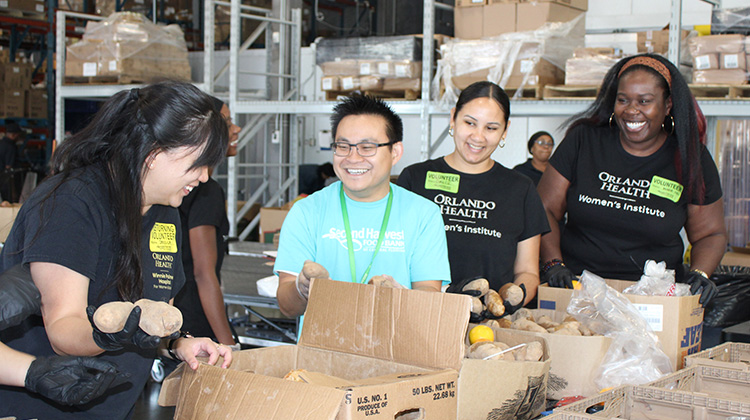
People from all backgrounds and walks of life fill different roles in the fight against hunger at Second Harvest Food Bank of Central Florida. But everyone has one thing in common, the goal of supporting neighbors facing food insecurity.
Whether a staff member or volunteer, every person at the food bank is there to put meals on tables.
In observance of Asian American and Pacific Islander Heritage Month, Second Harvest wants to elevate the voices and stories of two Asian Americans who fight hunger in different ways but with the same dedication.
Both inspired by the courage and community-mindedness of their family members before them, they honor those legacies by feeding hope.
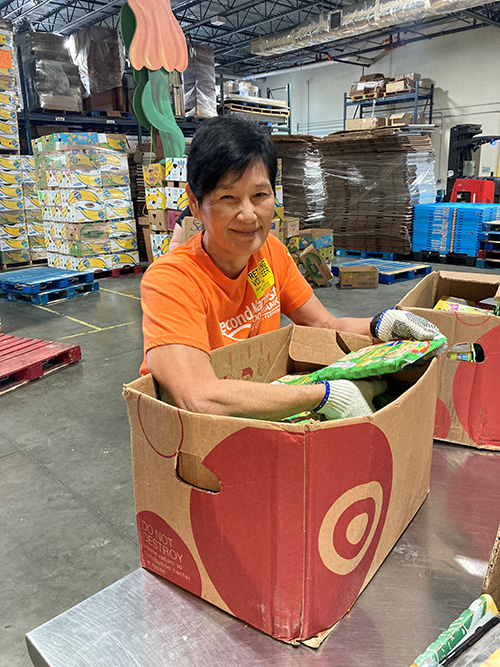
Never Taking Food Security for Granted
Emy and her husband Roger were introduced to Second Harvest in summer of 2021 by their daughter Stephanie, who was a volunteer captain at the food bank. They had just moved to Orlando from California.
Now, Emy is a familiar face at the food bank, usually volunteering for a packing or sorting shift on Wednesdays at the main distribution center.
She said she is grateful her family has not had to face food insecurity in their lives, but she feels strongly that she doesn’t want anyone else to, either.
“We have always been fortunate our entire lives to have nice homes to live in and plenty of food to eat,” Emy said. “Times are very challenging with high costs for food and shelter, plus the uncertainties of employment and medical emergencies. So now as retirees, we have time to give back, and we enjoy doing so.”
Emy said her inspiration to serve her community and support her neighbors comes from her parents, who were Californians of Japanese heritage and were required by federal law to relocate to internment camps during World War II.
“They were only allowed to take what they could carry and leave everything else behind,” Emy said. “They were among 120,000 other Japanese citizens who lost everything. Despite all that and the atrocities they endured, I never heard them complain. They worked very hard upon their release to start over and become successful farmers. I can’t imagine the pain and suffering they endured during those years, but they persevered with so much determination. They were a true inspiration.”
Since becoming involved with Second Harvest, Emy’s husband has organized several group volunteer sessions with their church, Lifebridge Church of Orlando. The next one is coming up in June.
Emy said she is always astounded by the impact made in a three-hour volunteer shift.
“Seeing the number of meals your shift has created for the community is truly inspiring,” she said. “You have blessed many people by your stewardship, but you will always leave feeling blessed as well.”
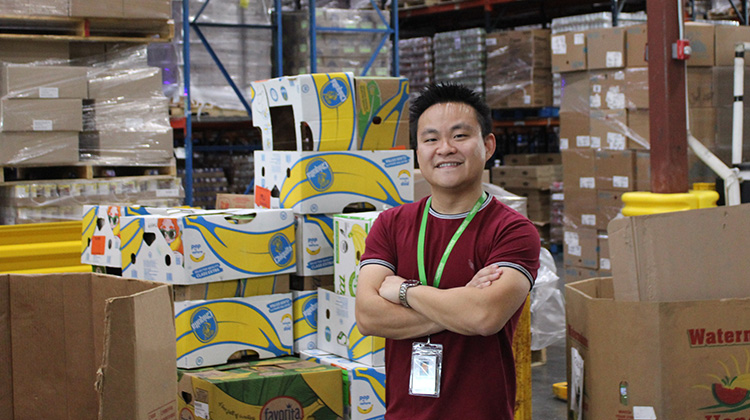
A Family History Built on Hope and Community
Brandon first got involved with the food bank in January 2024 when he began working as a Health Initiatives Systems Specialist, but his interest in fighting hunger and working for non-profits extends much farther back.
Brandon and all his cousins make up the first generation of their family born in the United States. Their parents were Vietnam War refugees who left after the fall of Saigon.
“Upon entering the United States, non-profit organizations helped get my family on their feet with resource assistance — food, clothes, etcetera,” Brandon said. “I have felt like I wanted to pay it forward for others in need.”
He feels a deep passion for his work knowing that his contribution to the Bright Hope Home delivery program brings nutritious meals and groceries to the doorstep of neighbors facing hunger. Brandon’s role entails managing the logistics to ensure food arrives on time and for the right person. He said when interacting with neighbors, he is often told that the Bring Hope Home food boxes are an essential lifeline.
“We don’t need the newest iPhone, the fanciest clothes, or the biggest house to survive; but we need food,” he said.
He recalled stories his mother told him about the joy and relief his parents experienced when they received food assistance and were fed free meals at churches when they first immigrated.
“Those programs that helped sustain them allowed them to be the business owners, engineers, accountants, and doctors they are today,” Brandon said. “I feel like if I can do a small part in helping our neighbors, especially those going through a tough time, I am paying it forward to (and paying it back) to the individuals who helped my family be where they are today.”
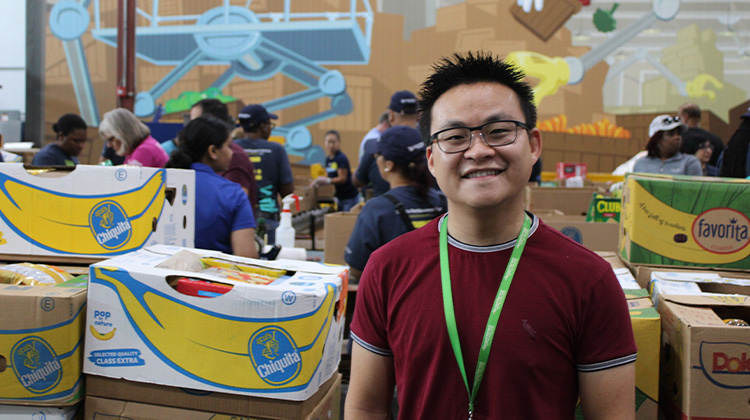
Brandon explains that in Asian culture, there is a collective mentality. He draws upon examples from his family for inspiration on how a community can work together to help one another.
“My father has always put others first before himself. Even when we didn’t always have the most means growing up, his mentality was that there were always people that had less than we did. He would often stay late and help his coworkers outside of work and send money back to family who stayed in Vietnam.”
His grandmother has the same mentality. When she arrived in the United States with eight children (Brandon’s mother, aunts, and uncles), it was hard. However, she never forgot her roots of the importance of being a “community player.”
“She would exchange fruits and vegetables from her garden with our neighbors who would drop off other foods in exchange. I have never been around people who were never giving something.”
To inspire others to join the fight against hunger, Brandon challenges them to shift their perspective.
“Think about your morning routine: You wake up, get ready for work, eat some breakfast and go about your day,” he said. “Things that we take for granted are luxuries for so many in our community.”



